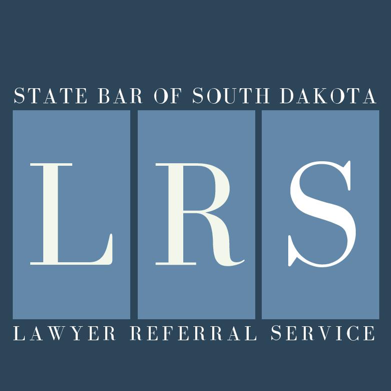Social Security is a federal retirement program which provides payments to retired workers at age 65. Reduced benefits may be available from age 62 to 65. It is the primary source of income for many elderly persons in South Dakota. Application for Social Security retirement benefits should be made at least three months prior to the date benefits are to start, but not later than the month before reaching age 65.
Most counties are visited regularly by a representative of the Social Security Administration. The time, dates and locations of these visits may be found by calling your county courthouse, or by calling toll free 1-800-825-1516. The Social Security representative will assist you with filing the application for benefits. You will need to provide certain information, such as Social Security number, birth records or other proofs of age, and your two most recent W-2 forms or self-employment tax returns. Most applications can be taken over the telephone.
The amount of Social Security benefits you will receive will depend upon your earnings record and the length of time you worked at employment covered under the program.
If you have significant medical problems, it may be to your advantage to apply for disability benefits rather than retirement benefits, particularly early retirement.
Widows may be eligible for benefits at age 60.
The Social Security Administration has several pamphlets available which provide more detailed information on the various programs.
Proposed changes in social security program laws
At the time this section is being written, significant changes in Social Security programs, including Medicare and Medicaid, are being contemplated by Congress. While none of these changes have been enacted into law, you would be well advised prior to relying on the foregoing discussion to consult with the appropriate federal or state administrative agency to verify available benefits and applicable restrictions.
Medicare is a health insurance program for persons age 65 or older, or who have received Social Security disability benefits for 24 consecutive months or longer. Medicare consists of Part A, which is hospitalization insurance, covering hospital care, home health care, skilled nursing care, and hospice care; and Part B, which covers the services of doctors, hospital out-patient care, durable medical equipment, routine mammograms for the early detection of breast cancers, and some other non-institutional medical services.
Part A is automatic with the receipt of Social Security, and is premium free for those entitled to benefits. Persons nearing 65 may apply for Medicare even if not receiving Social Security benefits.
Part B is voluntary, but if elected, the premiums are deducted from your monthly benefits check. The timing of sign up for Part B can be critical. Check with your Social Security field representative at least six months before your 65th birthday.
Both parts of Medicare are relatively inexpensive methods of covering the costs of many health care services, but these do not cover all medical expenses. Part B was designed originally to cover 80 to 100 percent of the doctor's bill. Today, it may cover only 50 percent or less. Here is why:
- Part B pays only for "approved" services. Many medical services are not approved.
- Part B covers only 80% of the "reasonable charge" of covered medical services.
The reasonable charge is the lower of the actual.
This information is based in South Dakota law and is designed to inform, not to advise. No person should ever apply or interpret any law without the aid of an attorney who knows the facts and may be aware of any changes in the law.

Get a consultation from a local, qualified lawyer.
Get started ⟶